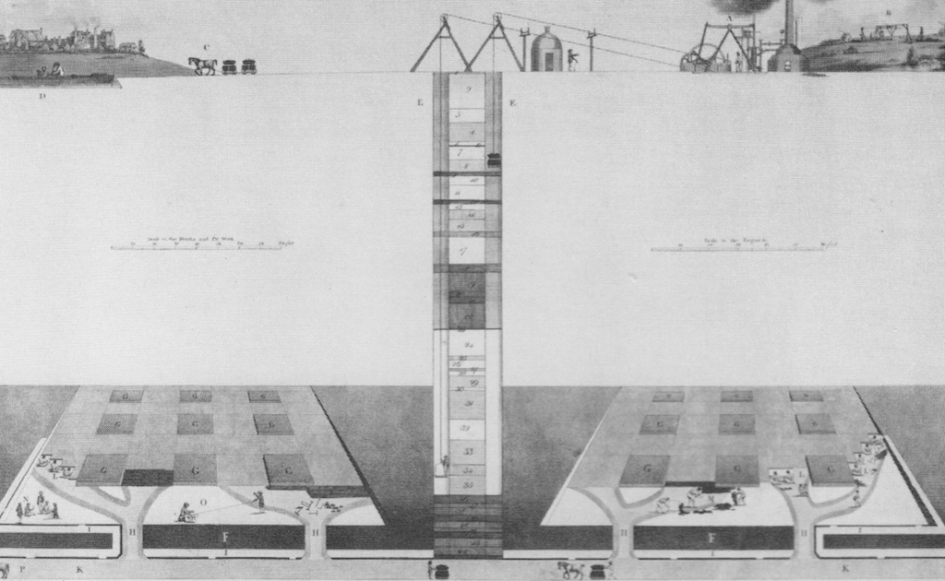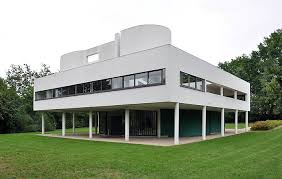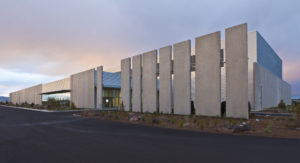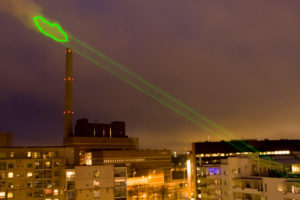Güneş Tavmen, the Publicity Officer of the ASSC, and PhD candidate in Media and Cultural Studies at Birkbeck penned a blog post after the symposium on “Architecture of Energy”, which was organised by Mark Crinson and funded by the Architecture Space and Society Centre and the Birkbeck Institute for the Humanities.
The “Architecture of Energy” symposium organised by the Architecture Space and Society Centre (ASSC) aimed at discussing how energy and architecture were entangled, in different ways and in different eras. Having five speakers coming from varying disciplines, this event enabled us to look at this multifaceted relationship from different perspectives.
Alex Bremner presented the first paper through which he talked about the “age of coal” and what it meant for architecture in the Victorian Age. Throughout his talk, Bremner made a convincing case for the outstanding ways in which coal energy shaped and enabled certain forms of architecture in the 19th century. Although usually taken for granted, he showed that the energy produced from coal, in fact, enabled both the production and the transportation of building materials that shaped Victorian era architecture. For Bremner, therefore, what distinguishes Victorian Age architecture is its embodiment of carbon footprint in an unprecedented way.
Following that, Barnabas Calder enquired how energy relates to modernism as for him the evolving energy economy has indeed been the biggest influence on architecture. Therefore, he argued that the history of architecture is the history of energy. Through several examples, from the fascination with electrical energy within the Futurist manifesto Futurismo, to Le Corbusier’s generous use of glass in his designs that is enabled by coal power, Calder argued that celebration of energy use is a major factor in modernist architecture. For him, this is in contrast with earlier examples of architecture where energy and light would rather be preserved in a functional way as opposed to Le Corbusier’s aesthetically informed design of large windows, and celebration of such objects as electric bulbs and boilers.
The next paper, “Days of future past” by Oliver Harris looked into the relationship between energy and affect by drawing on Gilles Deleuze. Taking a nuclear repository, Onkalo, that is located in Finland as the locus of enquiry, Harris questioned what the distant past might appear to be in distant future. By showing the restrictive architecture of Onkalo, he explained that the affective deterrent embedded in the design was aimed at protecting future archaeologists against nuclear waste. In his next example, Harris talked about the energy within Neolithic Orkney where houses were linked by middens, which intensively and affectively linked people, past and future.
Joel McKim started his talk with Facebook’s Prineville Oregon Data Centre, an example of an architectural design that literally consumes energy. His next energy consuming building was QuadraNet Dallas Data Centre, which McKim called “a house for machines to live in”, referring to Le Corbusier’s famous adage. He then underlined that 2.3% of world’s energy consumption takes place in these ever-growing data centres where coal is still the primary and the cheapest source of energy. Another striking case McKim drew attention to was the type of architecture and the level of energy consumption found in Bitcoin mines. Although the starting point of Bitcoin was pursuing decentralisation and distribution, in order to authorise transactions made by Bitcoin, there is a need for mining that takes place in a rather centralised way. As such, McKim told how today one Bitcoin transaction now uses as much energy as a household in a week.
The last speaker was Jennifer Gabrys, whose talk looked into the (art) practices that question what materialisation of energy might look like. She looked into the “cosmopolitics” of energy by drawing on several art practices that enquired how to materialise energy consumption and energy monitoring. In so doing, Gabrys argued that our relationship with energy defines our citizenship practices. Amongst several interesting examples she gave, one was by the art group HeHe, titled as Nuage Vert (2008). This artwork aimed at making the energy emitted from the chimneys of a factory in Finland visible. To do that, the artists illuminated the vapour coming out of the coal burning power plant with green laser, which then turned into a large moving cloud, or a neon sign over the town indicating the level of energy consumption.
From the agency of coal in the 19th century architecture to the affective energy within Neolithic habitats, modernist architecture celebrating energy in mid-20th century to today’s energy consuming gigantic data centres, this symposium made it clear that energy is a salient factor in studying architecture. It was fascinating to see how energy has always been a prominent concern regarding architecture throughout history, albeit in very different ways depending on the cultural and economic approaches to energy within certain eras. Given that climate change is one of the most pressing issues of our day, thinking about the creative ways to visualise or materialise our ever-increasing consumption was a great point to end with.







Leave a Reply